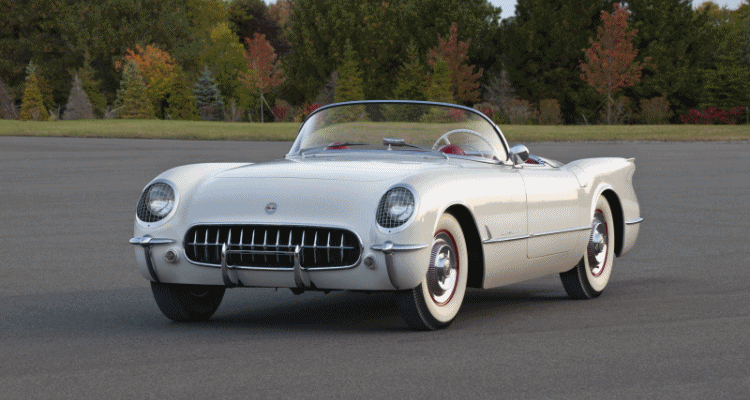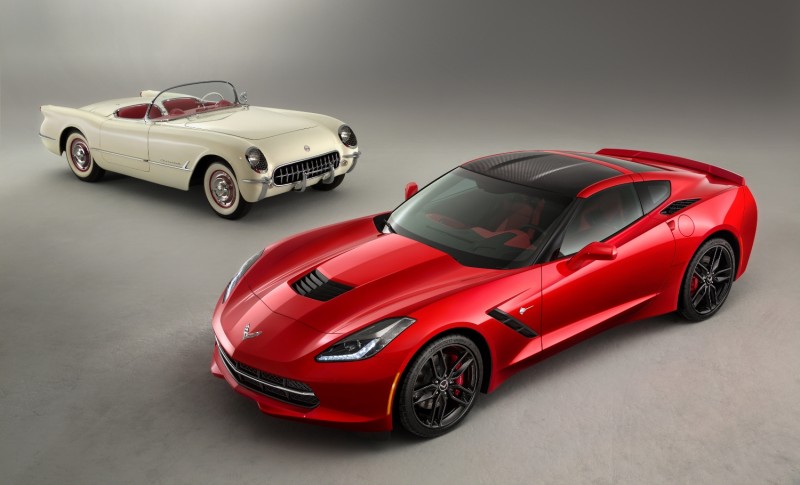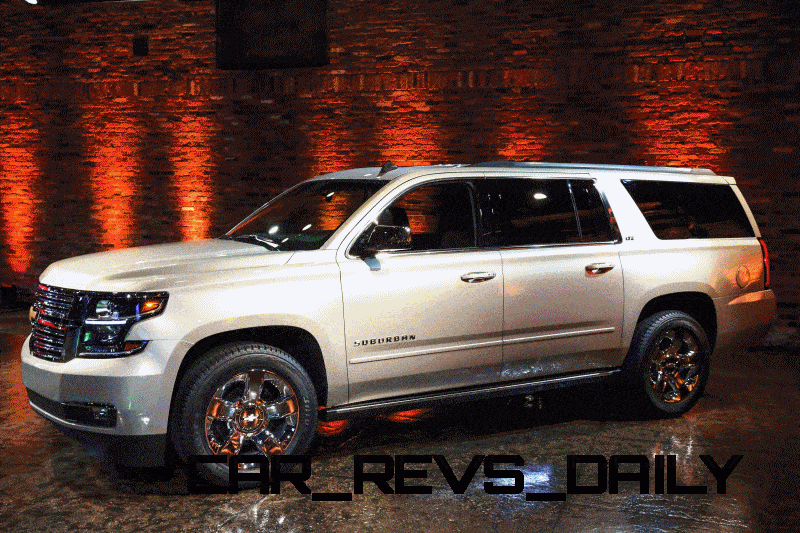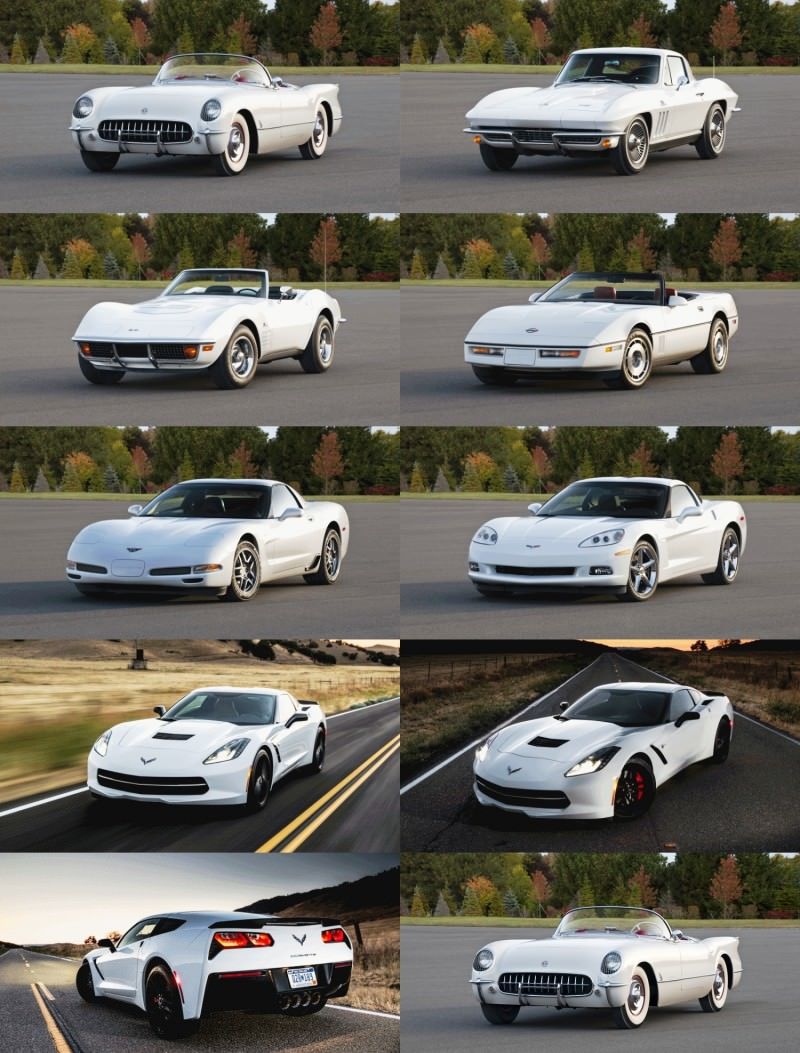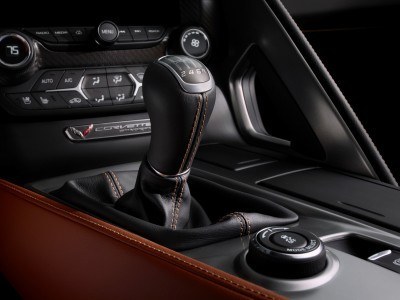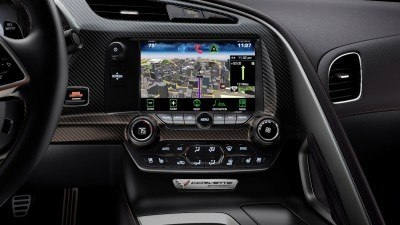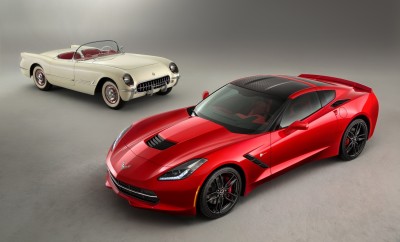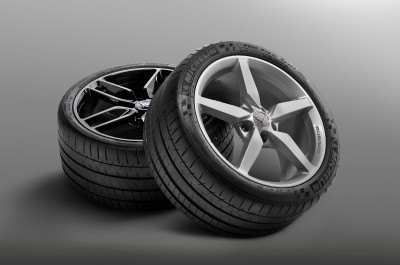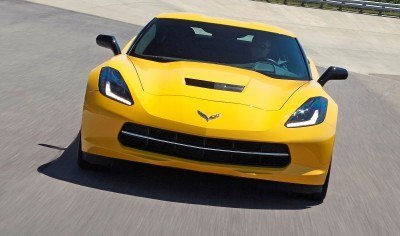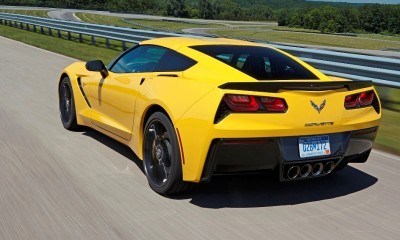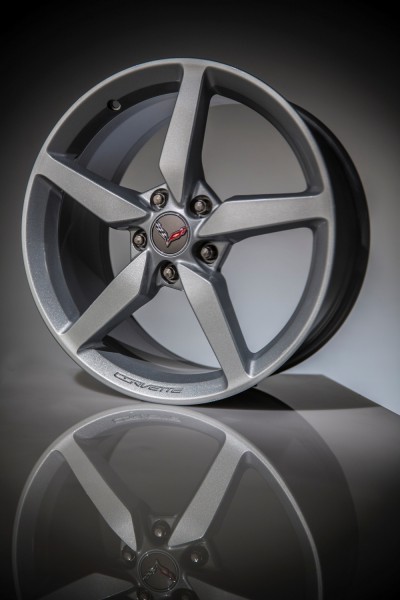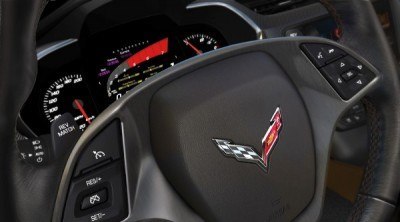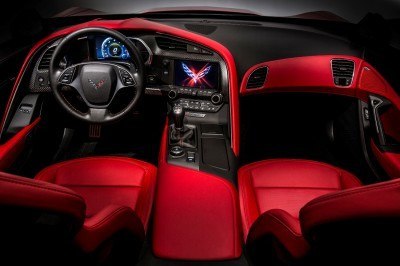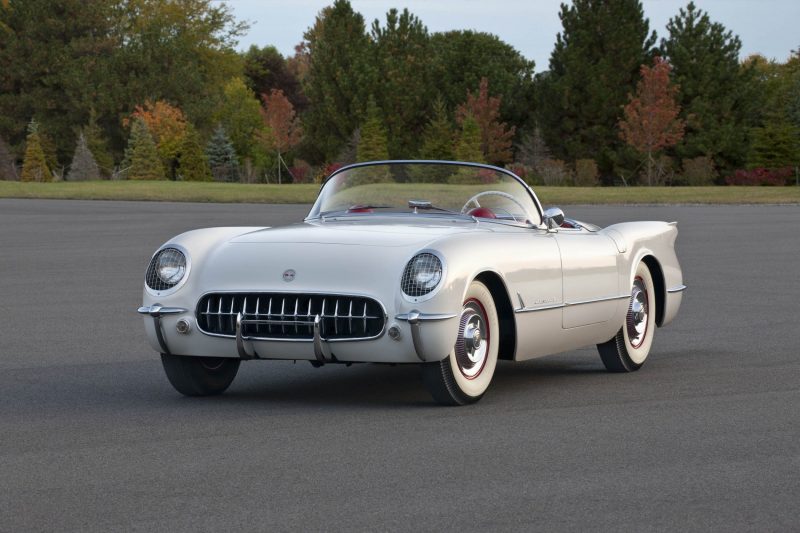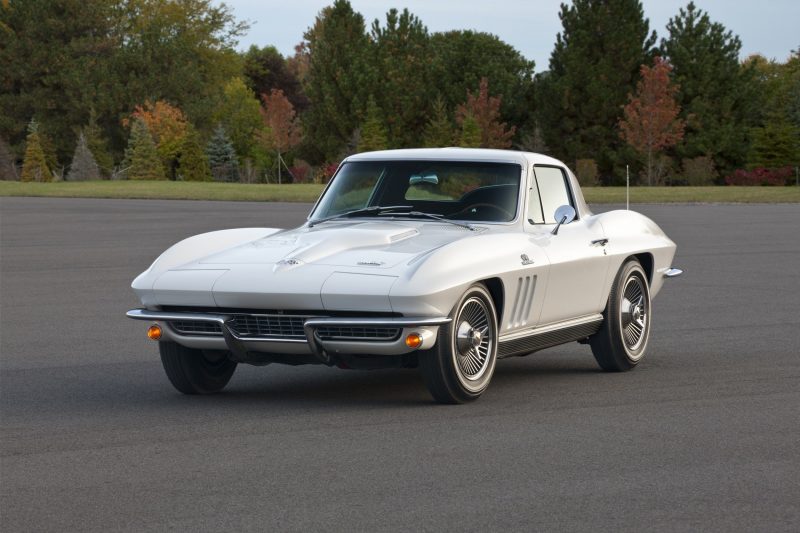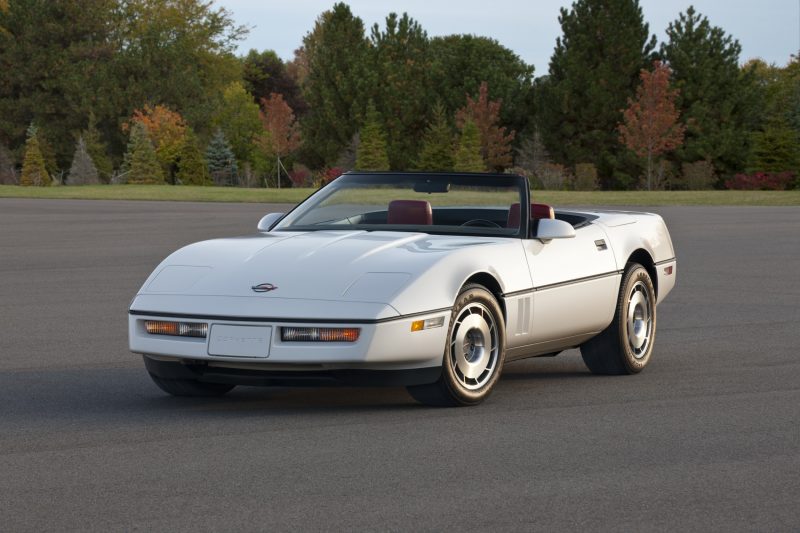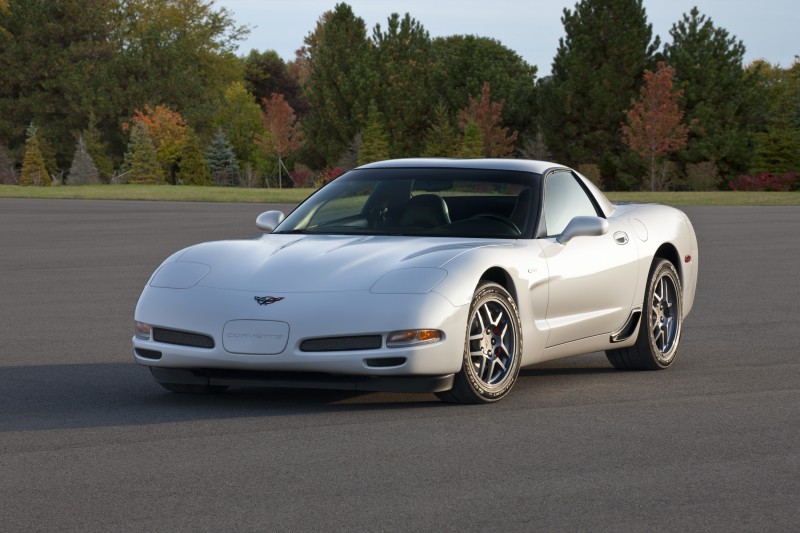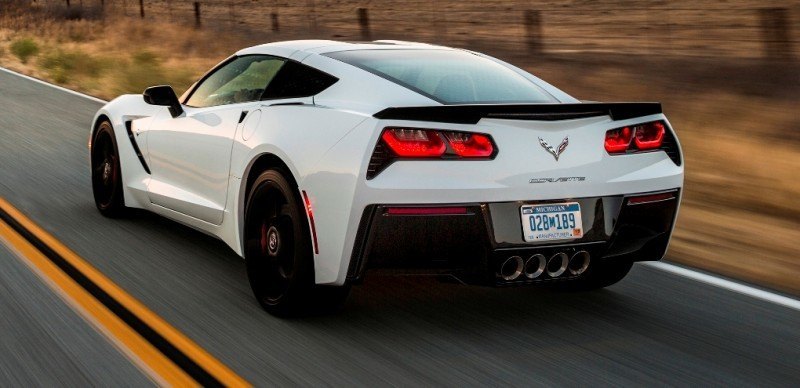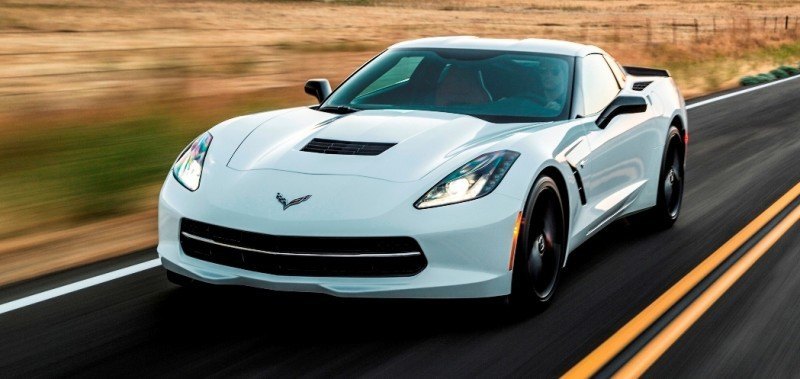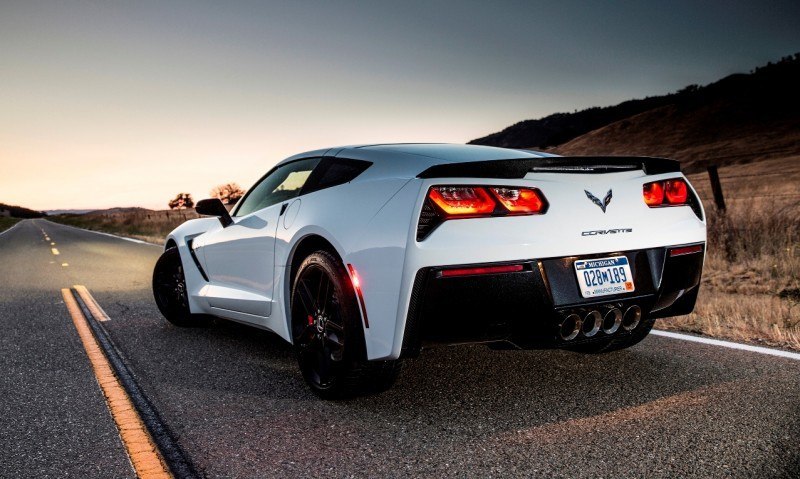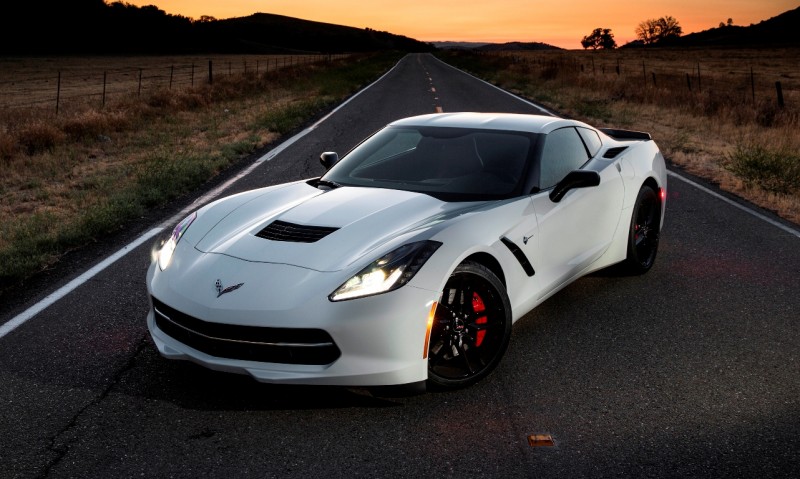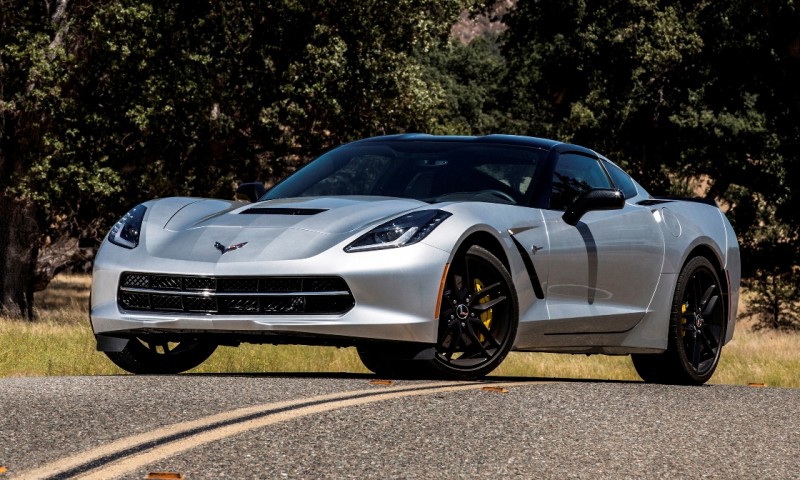Ever since the debut of the 2015 Chevrolet Suburban in September 2013, General Motors seems to — finally — be a far more forward-thinking company.
The irony was not lost on anyone during the 1980s and 1990s: the largest and most successful industrial entity of the 20th Century, and perhaps all of American history, was rapidly in decline and risking it all via short-sighted management strategies that equaled awful cars.
Part of looking forward is knowing where you came from, of course. Good (but often not-so-good) skeletons of cars in the closet would no longer be swept under the rugs of people’s memory.
If you casually re-write history as is convenient, like GM did (does?) for so, so many years — people have no incentive to trust that your current claims are legitimate. Good cars? Heard that before!
In fact, the products are truly world’s better than ever before, and are really poised to re-earn business from the millions of American buyers who left the fold over the years for European luxury and Japanese or Korean brands.
This was a Geneal Motors on the swimmers’ starting block — heading out for the an Olympic 4×100 relay. All skills and strokes tested, General Motors was back to fighting fitness.
The Suburban’s launch spurred me to look farther back than the initial press materials. Mainly because I love the Suburban, but also to really prove in full color how important this truck has always been to so, so many Americans.

The Corvette’s life started about 40 years after the first Chevrolet Truck hit the scenes in 1915, but is celebrated just as much by sports car shoppers around the world these days. It was such an achievement for the company that no one dared let the legend wither — so emblematic is it of Chevrolet’s overall capabilities as an engineering-led company.
Without further adieu: here is the animated evolution of the Chevrolet Corvette, in Polo White.
All Polo White? That was the order in 1953 when Chevrolet was scrambling to build 50 cars a month using a new fiberglass bodyshell that many said could not be mass-produced.
They were partly right: it took many years to automate and mechanize the Corvette assembly lines to the same level of the car’s steel-bodied peers. The first 300 models in the 1953 model year were all one color and specification so the teams could focus on quality versus equipment and trim variations.
There may be some logic in that decision, however. Preparing the full buyers guide of the 2014 Corvette Stingray Convertible — and am flabbergasted at the volume of options and the complexity built into the ordering sheets themselves! But we will figure it out.
Chevrolet certainly has with the 2014 Corvette Stingray — an epic achievement that at once blows the doors off its rivals, as well as nods, listens and shakes hands with all of its fore-bearers on the way to do so.
An incredible car and a great time for General Motors to launch-control itself into the future.

Tom Burkart is the founder and managing editor of Car-Revs-Daily.com, an innovative and rapidly-expanding automotive news magazine.
He holds a Journalism JBA degree from the University of Wisconsin – Madison. Tom currently resides in Charleston, South Carolina with his two amazing dogs, Drake and Tank.
Mr. Burkart is available for all questions and concerns by email Tom(at)car-revs-daily.com.

